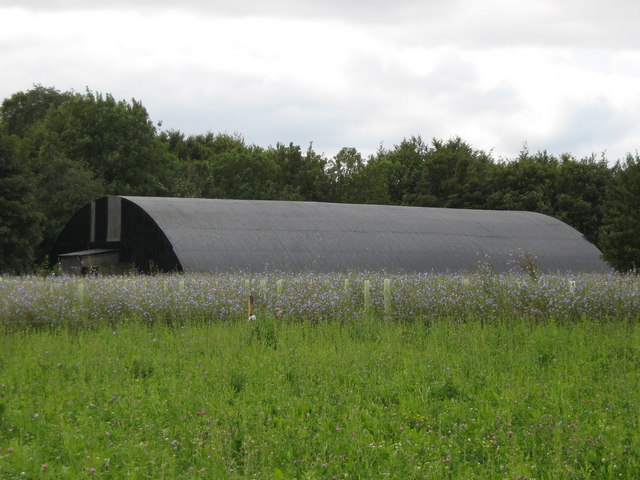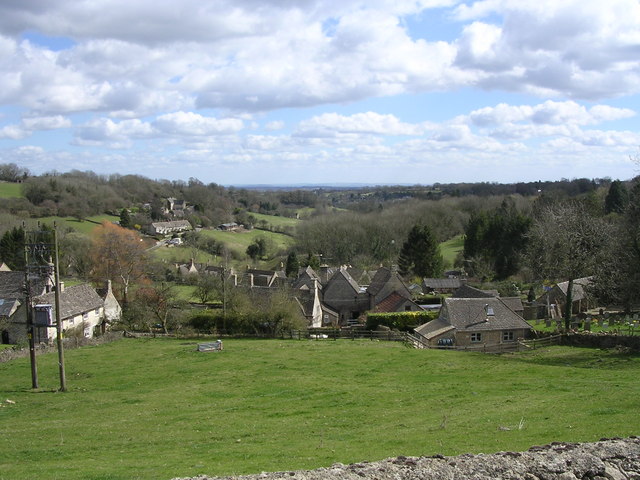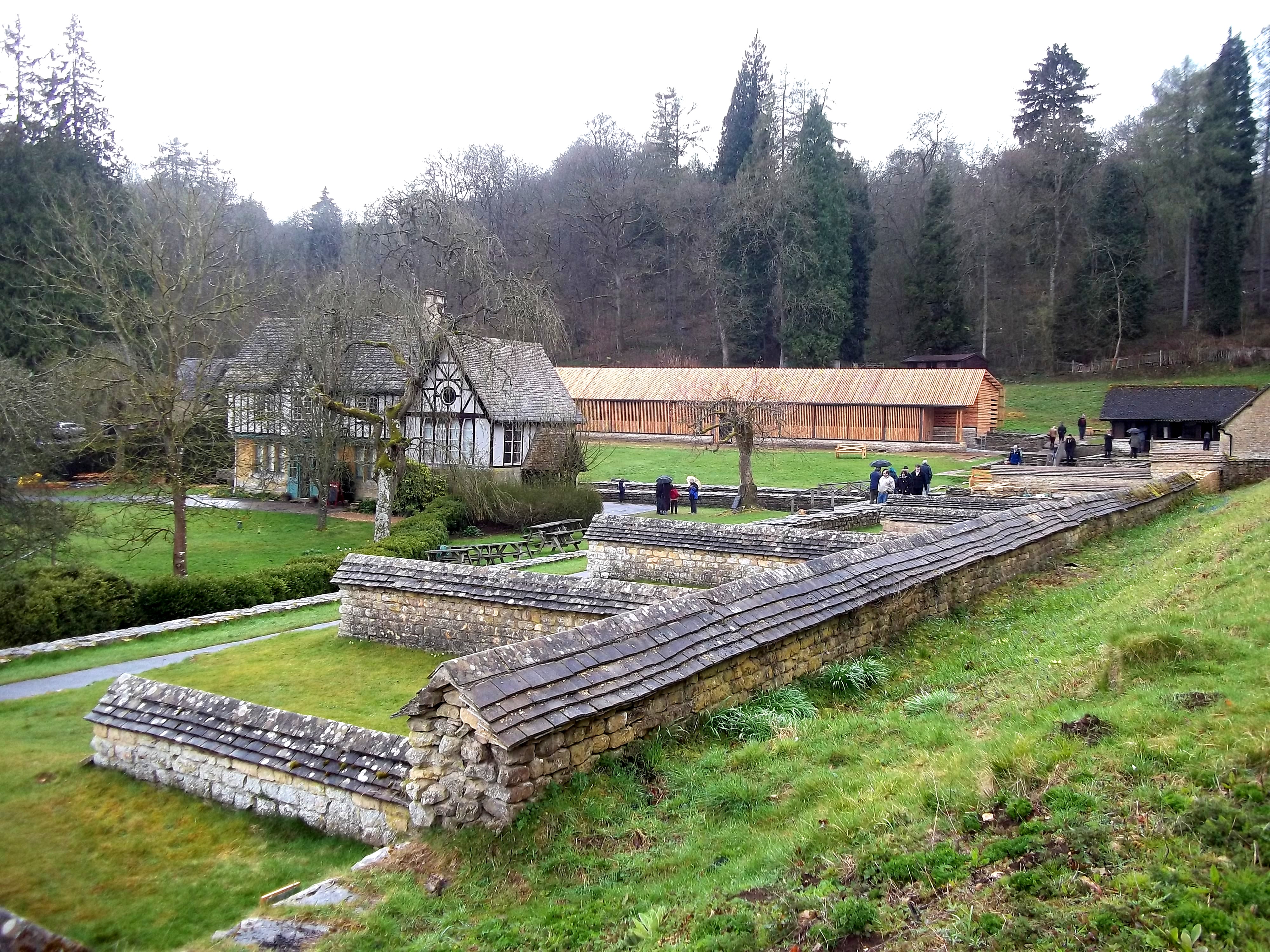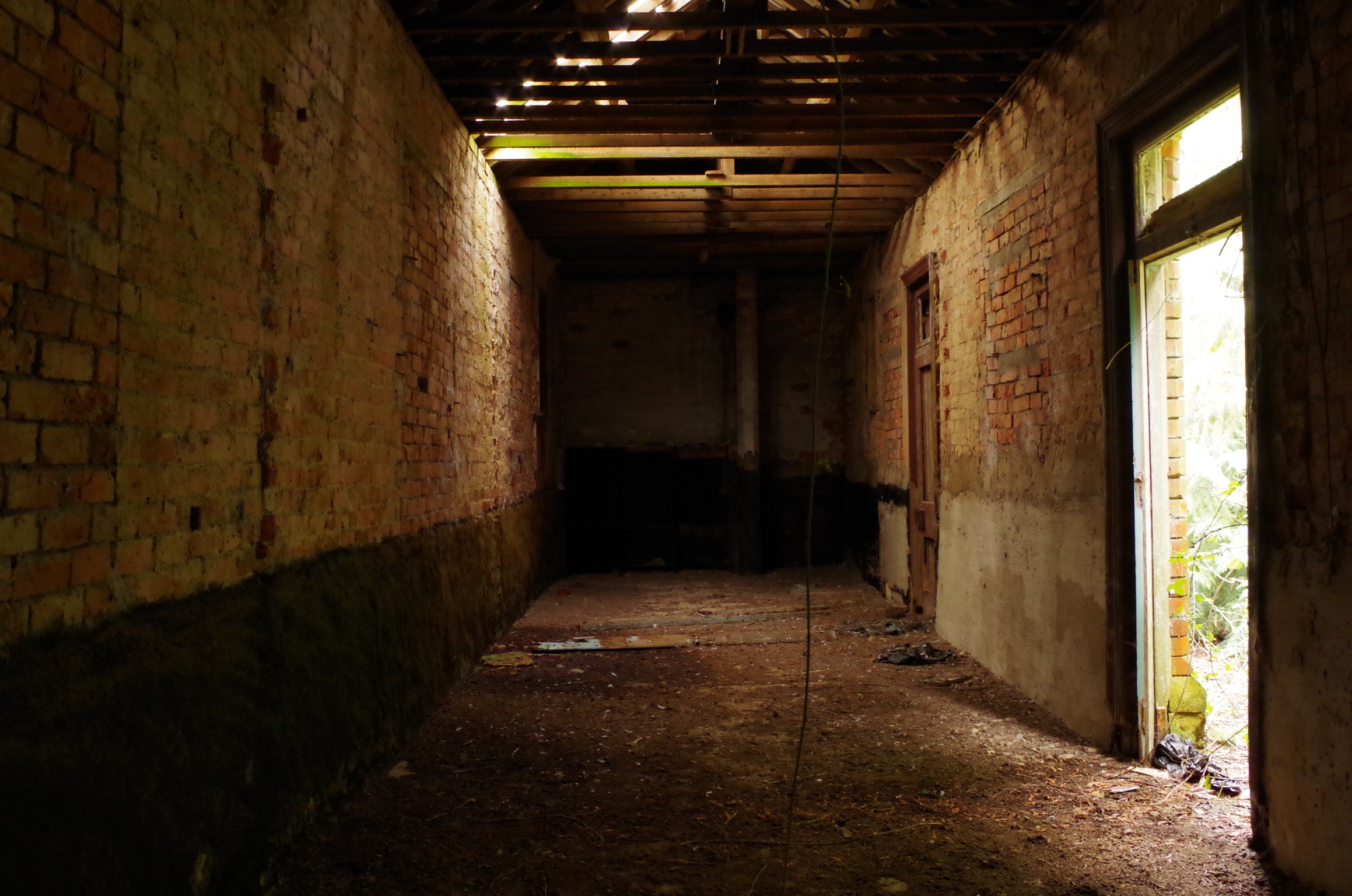Chedworth Beacon
Hill, Mountain in Gloucestershire Cotswold
England
Chedworth Beacon

Chedworth Beacon is a prominent hill located in the county of Gloucestershire, England. Situated within the Cotswolds Area of Outstanding Natural Beauty, it offers stunning panoramic views of the surrounding countryside. The beacon stands at an elevation of approximately 225 meters (738 feet) above sea level, making it one of the highest points in the region.
The hill is covered in a mix of grassland, heathland, and woodland, providing diverse habitats for a variety of flora and fauna. It is particularly known for its abundance of wildflowers, including orchids, primroses, and bluebells, which bloom during the spring and summer months.
Historically, Chedworth Beacon played a significant role as a signaling point. During times of conflict, beacons were lit on its summit to warn of approaching enemies or to communicate important messages across long distances. The hill's strategic location also made it an ideal site for a Roman fort, which was constructed around the 2nd century AD. Ruins of the fort can still be seen today, attracting history enthusiasts and archaeologists alike.
In addition to its historical and natural significance, Chedworth Beacon offers numerous recreational opportunities for visitors. The hill is a popular destination for walkers and hikers, with several well-marked trails leading to its summit. On clear days, the view from the top extends as far as the Malvern Hills and the Welsh mountains.
Overall, Chedworth Beacon is a cherished landmark in Gloucestershire, combining its rich history, stunning views, and diverse wildlife to create an enchanting destination for both locals and tourists alike.
If you have any feedback on the listing, please let us know in the comments section below.
Chedworth Beacon Images
Images are sourced within 2km of 51.809544/-1.9374815 or Grid Reference SP0412. Thanks to Geograph Open Source API. All images are credited.
![Chedworth Roman Villa [1] The modern building houses a museum and café.
Chedworth Roman Villa is a large and elaborate Roman villa and was occupied well beyond the Roman period. Built in phases from the 2nd century to the 5th century, it was an elite dwelling around three sides of a courtyard. The villa is in the care of the National Trust. The site is a Scheduled Ancient Monument with details at: <span class="nowrap"><a title="https://historicengland.org.uk/listing/the-list/list-entry/1003324" rel="nofollow ugc noopener" href="https://historicengland.org.uk/listing/the-list/list-entry/1003324">Link</a><img style="margin-left:2px;" alt="External link" title="External link - shift click to open in new window" src="https://s1.geograph.org.uk/img/external.png" width="10" height="10"/></span>](https://s0.geograph.org.uk/geophotos/07/00/02/7000224_98f9701d.jpg)
![Chedworth Roman Villa [2] The villa is located next to a natural spring, around which was later built an apsidal shrine to the water-nymphs.
Chedworth Roman Villa is a large and elaborate Roman villa and was occupied well beyond the Roman period. Built in phases from the 2nd century to the 5th century, it was an elite dwelling around three sides of a courtyard. The villa is in the care of the National Trust. The site is a Scheduled Ancient Monument with details at: <span class="nowrap"><a title="https://historicengland.org.uk/listing/the-list/list-entry/1003324" rel="nofollow ugc noopener" href="https://historicengland.org.uk/listing/the-list/list-entry/1003324">Link</a><img style="margin-left:2px;" alt="External link" title="External link - shift click to open in new window" src="https://s1.geograph.org.uk/img/external.png" width="10" height="10"/></span>](https://s2.geograph.org.uk/geophotos/07/00/02/7000226_fb90f89b.jpg)
![Chedworth Roman Villa [3] Part of the remains of the bath house.
Chedworth Roman Villa is a large and elaborate Roman villa and was occupied well beyond the Roman period. Built in phases from the 2nd century to the 5th century, it was an elite dwelling around three sides of a courtyard. The villa is in the care of the National Trust. The site is a Scheduled Ancient Monument with details at: <span class="nowrap"><a title="https://historicengland.org.uk/listing/the-list/list-entry/1003324" rel="nofollow ugc noopener" href="https://historicengland.org.uk/listing/the-list/list-entry/1003324">Link</a><img style="margin-left:2px;" alt="External link" title="External link - shift click to open in new window" src="https://s1.geograph.org.uk/img/external.png" width="10" height="10"/></span>](https://s1.geograph.org.uk/geophotos/07/00/02/7000229_2c96be80.jpg)
![Chedworth Roman Villa [4] The plaque describes this as &#039;a multi-purpose heated room&#039;.
Chedworth Roman Villa is a large and elaborate Roman villa and was occupied well beyond the Roman period. Built in phases from the 2nd century to the 5th century, it was an elite dwelling around three sides of a courtyard. The villa is in the care of the National Trust. The site is a Scheduled Ancient Monument with details at: <span class="nowrap"><a title="https://historicengland.org.uk/listing/the-list/list-entry/1003324" rel="nofollow ugc noopener" href="https://historicengland.org.uk/listing/the-list/list-entry/1003324">Link</a><img style="margin-left:2px;" alt="External link" title="External link - shift click to open in new window" src="https://s1.geograph.org.uk/img/external.png" width="10" height="10"/></span>](https://s3.geograph.org.uk/geophotos/07/00/02/7000231_9496d21a.jpg)
![Chedworth Roman Villa [5] One of the mosaic floors.
Chedworth Roman Villa is a large and elaborate Roman villa and was occupied well beyond the Roman period. Built in phases from the 2nd century to the 5th century, it was an elite dwelling around three sides of a courtyard. The villa is in the care of the National Trust. The site is a Scheduled Ancient Monument with details at: <span class="nowrap"><a title="https://historicengland.org.uk/listing/the-list/list-entry/1003324" rel="nofollow ugc noopener" href="https://historicengland.org.uk/listing/the-list/list-entry/1003324">Link</a><img style="margin-left:2px;" alt="External link" title="External link - shift click to open in new window" src="https://s1.geograph.org.uk/img/external.png" width="10" height="10"/></span>](https://s0.geograph.org.uk/geophotos/07/00/02/7000232_d57fa5a8.jpg)
![Chedworth Roman Villa [6] Part of a mosaic floor with the hypocaust underneath.
Chedworth Roman Villa is a large and elaborate Roman villa and was occupied well beyond the Roman period. Built in phases from the 2nd century to the 5th century, it was an elite dwelling around three sides of a courtyard. The villa is in the care of the National Trust. The site is a Scheduled Ancient Monument with details at: <span class="nowrap"><a title="https://historicengland.org.uk/listing/the-list/list-entry/1003324" rel="nofollow ugc noopener" href="https://historicengland.org.uk/listing/the-list/list-entry/1003324">Link</a><img style="margin-left:2px;" alt="External link" title="External link - shift click to open in new window" src="https://s1.geograph.org.uk/img/external.png" width="10" height="10"/></span>](https://s1.geograph.org.uk/geophotos/07/00/02/7000233_2a376324.jpg)


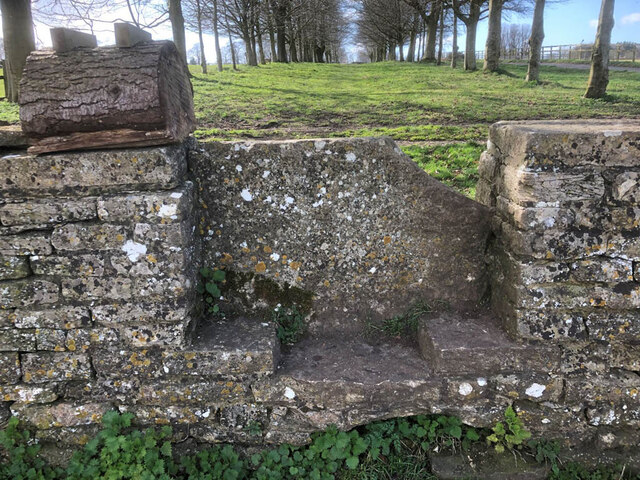






Chedworth Beacon is located at Grid Ref: SP0412 (Lat: 51.809544, Lng: -1.9374815)
Administrative County: Gloucestershire
District: Cotswold
Police Authority: Gloucestershire
What 3 Words
///slyly.workshop.undertook. Near Northleach, Gloucestershire
Nearby Locations
Related Wikis
RAF Chedworth
Royal Air Force Chedworth or more simply RAF Chedworth is a former Royal Air Force satellite station located near Chedworth, Gloucestershire, England....
Church of St Andrew, Chedworth
The Anglican Church of St Andrew at Chedworth in the Cotswold District of Gloucestershire, England was built in the late 12th century. It is a grade I...
Chedworth
Chedworth is a village and civil parish in Gloucestershire, southwest England, in the Cotswolds. It is known as the location of Chedworth Roman Villa,...
Chedworth Roman Villa
Chedworth Roman Villa is located near Chedworth, Gloucestershire, England and is a scheduled monument. It is one of the largest and most elaborate Roman...
Chedworth Halt railway station
Chedworth Halt railway station was on the Midland and South Western Junction Railway in Gloucestershire. The station opened on 1 October 1892, 14 months...
Chedworth Nature Reserve
Chedworth Nature Reserve (grid reference SP048143) is a 6-hectare (15-acre) nature reserve in Gloucestershire. The site is listed in the 'Cotswold District...
Stony Furlong Railway Cutting
Stony Furlong Railway Cutting (grid reference SP063106) is a 2.7-hectare (6.7-acre) geological Site of Special Scientific Interest in Gloucestershire,...
Foss Cross railway station
Foss Cross railway station was on the Midland and South Western Junction Railway in Gloucestershire. The station opened on 1 August 1891 with the section...
Nearby Amenities
Located within 500m of 51.809544,-1.9374815Have you been to Chedworth Beacon?
Leave your review of Chedworth Beacon below (or comments, questions and feedback).


